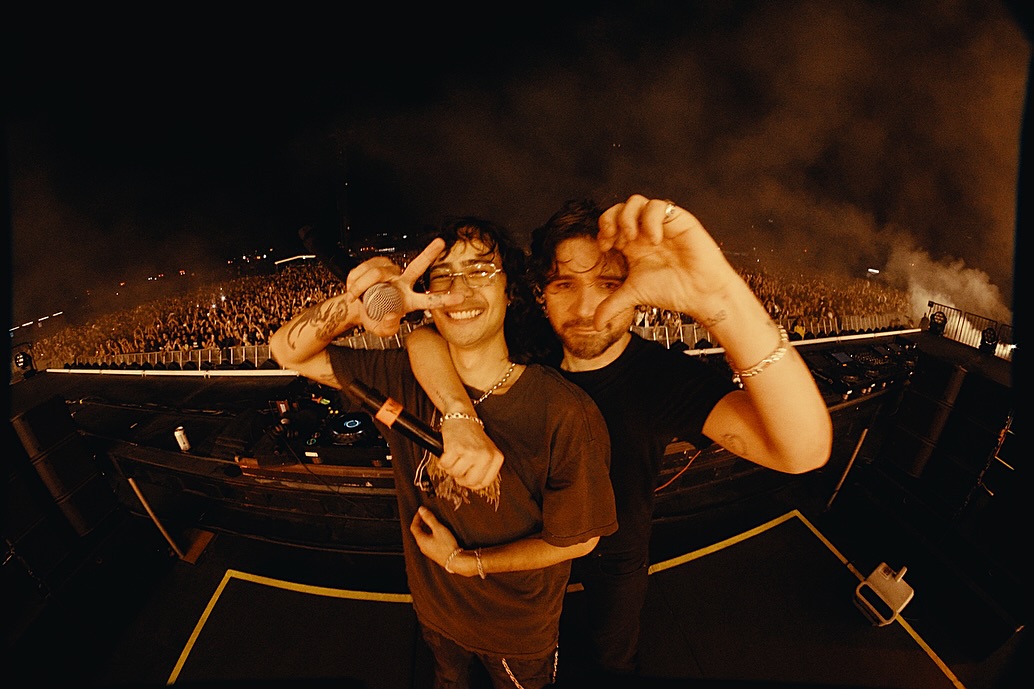World Masterpiece Theater is a series of anime that ran from 1969 to 1997 and again from 2007 to 2009. The series' aimed to retell classical books and stories in anime form, especially for kids to understand. World Masterpiece Theater was first produced by Mushi Pro, but was then passed down to Zuiyo Eizo and subsequently Nippon Animation when it was established in 1975.
What makes World Masterpiece Theater worth to watching today, then? Well, before Ghibli, Hayao Miyazaki and Isao Takahata briefly worked for Nippon Animation and helped produce shows like Heidi, Girl of the Alps and Anne of Green Gables. One can see, from watching these, where their influence on Ghibli came from, as their whimsical tone and art styles resemble that of the world-famous animation house. Some of the anime produced with World Masterpiece Theater have been remade or boomed in popularity later on, like Dororo and Moomin.
Though the stories don't follow classics exactly, many have nice animation -- especially for their times. Here are some of the best titles from World Masterpiece Theater to check out.
Dororo
The original 1969 Dororo is World Masterpiece Theater's first-ever entry. Dororo is a dark fantasy/historical manga by Osamu Tezuka, who is largely considered the "Father of Manga". Dororo revolves around a young orphan, Dororo, and the ronin Hyakkimaru, with who Dororo travels with. Hyakkimaru's birth father, Kagemitsu Daigo, forged a pact with 48 demons to gain wealth and prosperity over his land -- resulting in his wife giving birth to a baby with no limbs, organs or facial features.
Hyakkimaru and Dororo go on a journey to defeat the 48 demons possessing his body parts so that Hyakkimaru can become fully human. Because of the low budget, the anime was produced in black and white, but Tezuka later said that it served to make the demons look weirder and more menacing.
Dororo was later adapted by MAPPA in 2019. However, as the run of the manga was canceled, each studio had to develop original ideas for each adaption. If you really liked 2019's Dororo, you should take a look at the first anime version of it.
Romeo's Blue Skies
Romeo's Blue Skies is based on the novel Die schwarzen Brüder (The Black Brothers) by Lisa Tetzner. The series aired in 1995, so its 25th anniversary was this year, which was honored with the entire series being uploaded to YouTube in Japan.
The main character, Romeo, lives a serene life with his family in Switzerland until a man named Luini decides to claim him as his own. Luini is dubbed the "God of Death" and buys children to sell them as chimney sweeps in Milan. Luini sets Romeo's family's cornfield on fire, and with no source of income and his father left injured by the incident, Romeo must sell himself for his family's sake.
Life under Luini's watch is hard, but Romeo soon befriends another boy named Alfredo. Their friendship becomes stronger in the face of adversity, and the duo forms an unbreakable bond. When they reach Milan, Romeo and Alfredo are sold to different masters but swear to meet again. A story of childhood innocence, perseverance, and then tragedy, Romeo's Blue Skies touches all ages and is one of World Masterpiece Theater's most beloved tales.
Moomin
World Masterpiece Theater's version of Moomin is loosely based on the Moomin books by Tove Jansson. This series aired from 1969 to 1970 and never aired outside of Japan. It's also very different from the 1990s Moomin cartoon that recently boomed more recently. The 1969 Moomin series was animated by Tokyo Movie Shinsha for its first 26 episodes, then by Mushi Pro from episodes 27-65, creating two distinct versions.
Apparently, this latter version drastically changed the characters and atmosphere of Moomin, such as making Moomin an ordinary but sometimes sly boy; it subsequently became Tove Jansson's least favorite adaption. However, notably, the show had a young Hayao Miyazaki help animate it.
Remi, Nobody's Girl
Remi, Nobody's Girl is based on the novel Sans Famille by Hector Malot. However, this version changed the gender of Remi to become a young girl. There is another adaption by Tokyo Movie Shinsha and Madhouse that kept Remi as a boy, but both versions are otherwise faithful to the book.
Remi Barberin, a good-hearted and cheerful young girl, lives with her mother in a peaceful French country town. That is until her father comes back to town, and it's revealed that Remi was an abandoned child that was adopted by Mother Barberin. Remi is sold to an evil slave trader until a passerby entertainer named Vitalis saves her from her fate.
Remi is a great singer and is recruited by Vitalis to join his troupe. The series then follows Remi's adventures with the troupe as they endure many difficulties as she strives to find her real family. Remi, Nobody's Girl is another World Masterpiece Theater entry full of heartbreak, but one that also leaves a hopeful message.
Princess Sarah
Princess Sarah's novel is one of the most famous that World Masterpiece Theater has adapted: Frances Hodgson Burnett A Little Princess, first published in 1905.
Sarah Crewe is the daughter of a very wealthy man who attends an all-girls seminary school. She excels in her studies and is very well-liked; the image of perfection -- until her father passes away and her family goes bankrupt, leaving her a poor orphan.
The school's cruel headmistress, Miss Minchin, takes advantage of the situation, turning Sarah into a maid and trying to ruin Sarah's life at every opportunity. However, with the help of her friends and inner drive, Sarah remains compassionate and hopeful as she waits for her situation to turn.
My Daddy Long Legs
Finally, My Daddy Long Legs is an anime based on Jean Webster's novel, Daddy-Long-Legs. It follows Jean Webster's character Judy Abbott, an orphan who gains an opportunity to study at a prestigious school by a mysterious benefactor by the name of "John Smith."
Judy has only ever seen the man's towering shadow, hence the nickname "Daddy Long Legs." He promises her a scholarship as long as she writes him a letter every month. Judy is then thrust into an entirely different world than the one she used to know. The anime covers Judy's story from when she leaves the orphanage up until she finishes high school.
About The Author

